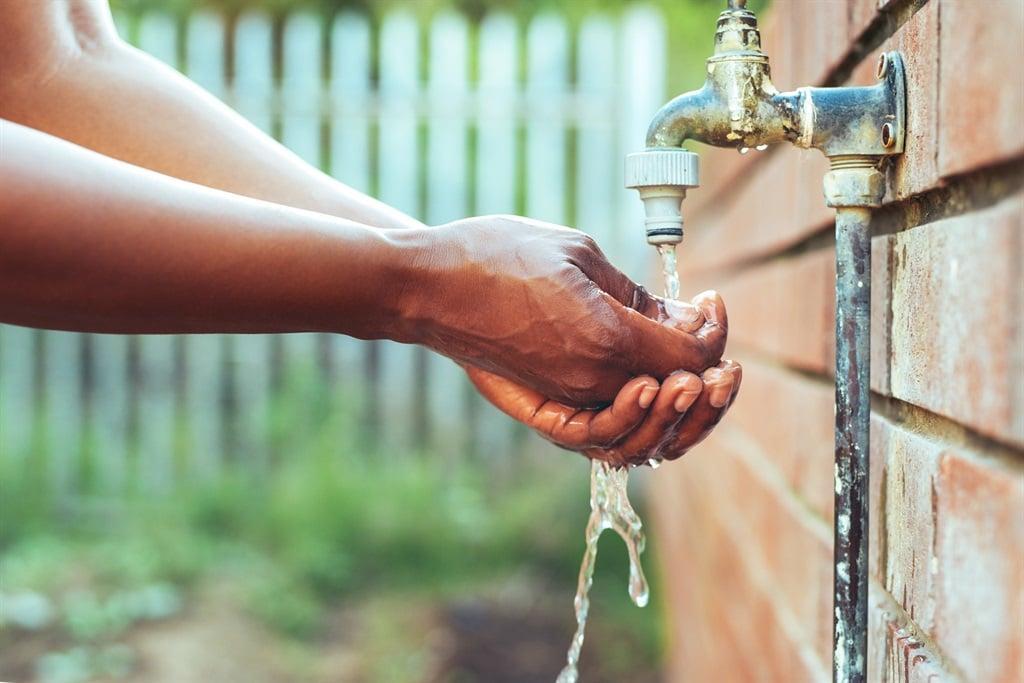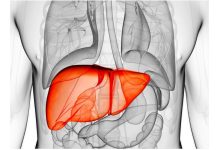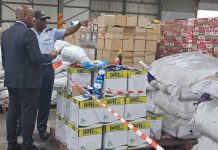Africa-Press – South-Africa. It remains unclear what the source of a cholera outbreak in Hammanskraal, north of Pretoria, is.
However, an independent investigation into the source of the outbreak did make a worrying discovery – finding high levels of E. coli in nearby rivers, which could indicate the presence of faecal matter.
In May this year, Hammanskraal became the epicentre of a cholera outbreak.
On 31 May, Health Minister Joe Phaahla said 99 confirmed cases of cholera and 23 deaths had been recorded in Tshwane.
At the time, there were also outbreaks in the Free State, Ekurhuleni and Johannesburg.
While the outbreaks in Ekurhuleni and Johannesburg were linked to two sisters who had travelled to Malawi by bus in January, Phaahla said the source of the cholera outbreak in Hammanskraal and the Free State had not yet been found.
Hosted by the National Press Club of South Africa on Wednesday morning, the Water Research Commission (WRC) released the findings of its investigation. The WRC focused on the Hammanskraal outbreak, testing dumping sites, sewage, and water sources.
Solid waste dumpsites and sewage overflows
Assessing runoffs from solid waste dumpsites and sewage overflow, the WRC noted the numerous illegal dumping sites and sewage overflows, with nappies present at some sites.
High levels of E. coli were also found in the samples analysed, which WRC research manager Dr Eunice Ubomba-Jaswa said could be an indicator of the presence of faecal matter.
“Some samples also [tested] positive for Salmonella and Shigella, which can cause gastrointestinal illnesses,” Ubomba-Jaswa said.
Despite this, no toxigenic Vibrio cholerae bacteria were found at the dumping and sewage overflow sites.
Water sources and storage tested
The commission also tested water from the:
Findings
Ubomba-Jaswa said the concentrations of E. coli exceeded the South African water quality guidelines target range for direct contact for recreational/cultural/religious use of the water.
She added that this presented health risks to communities engaged in any contact with this water.
While the water at the Temba Water Treatment Plant did not meet the SANS 241 Drinking Water Standards, there were no positive tests for V. cholerae, Ubomba-Jaswa explained.
There was no detection of V. cholerae at the Temba waste treatment plant either.
There were also no positive tests for the bacteria at the Rooiwal wastewater treatment plants.
The WRC did note issues with the functionality of the different plants.
It concluded that:
The commission also noted the inadequate sanitation and hygiene infrastructure, particularly in informal and rural settlements, as well as operational inefficiencies at the treatment plants.
The recommendations by the WRC included incorporating a proper waste collection system, and maintaining sewage infrastructure, sanitation and hygiene facilities. It also recommended that infrastructure should be made available and effective source water protection measures put in place to improve the quality of raw water abstracted for drinking water plants.
For More News And Analysis About South-Africa Follow Africa-Press






